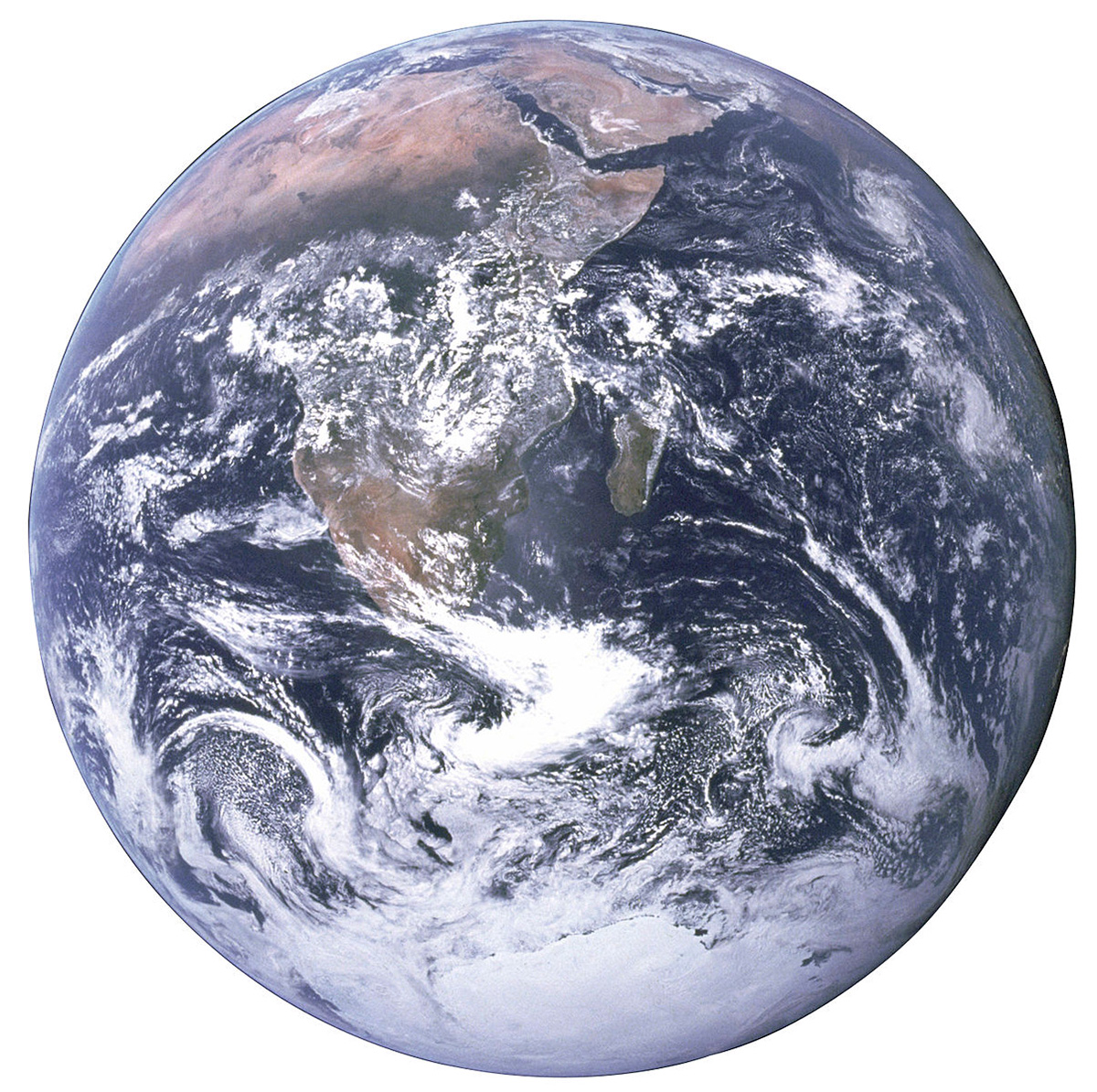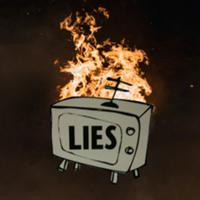Thanks Jane for getting me to think again especially about travel. I would choose our own Arctic partially because I have spent some time in Labrador and learned to appreciate the solitude.
Posted on June 29, 2020by Jane Fritz
Today is Map Monday, but all the maps I’ve been looking at are awfully depressing. They seem to offer yet more evidence of what poor decisions humans have made throughout history. I thought I’d see what maps I could find that tell us about the animals that inhabit the world instead. Once I got past maps of what animals are endangered or extinct thanks to the poor decisions of humans, I settled on simple maps that show us where we are still able to observe the beauty and majesty of animals in nature … that is once we are able to travel again! Meanwhile, we can watch them close up and personal on National Geographic and the Discovery Channel.
You can click on any of the maps or images to zoom in on them. Image credit: Dieter Braun
A few months ago I wrote a blog post about Speech Day and the amazing animals of Botswana. Botswana has to rate at the very top of anyone’s animal viewing list. Bar none. But there are other options that are very worthy of being added to your own personal animal-viewing list.
Fairly recently I ‘gave’ another technology-enabled grandmother speech to one of our sons’ families in a city currently off limits. This ‘speech’ was called “Choosing the best wildlife trip”. (Of course, what it should have been called was choosing the best wildlife trip after Botswana, but I did explain that in my presentation. And I did explain that I was not suggesting that we were going to take them on the trip they chose; this is purely hypothetical!)
In fact, there are obviously way more than 3 or 4 astounding wildlife trips on offer around the world, but these three make a good starting point, after Africa. I’m going to give you the overview and see which trip you would pick if you could only choose one. And if you’re keen, another week I could take you on some other virtual wildlife tours, like to Costa Rica and Borneo. Or maybe to see the amazing herds of buffalo roaming the broad valleys of Yellowstone. Or all the places in the world for unbelievable whale-watching.
Here we go. Let’s suppose you are offered, as a special treat, ONE special wildlife trip, bearing in mind that nothing will ever measure up to wildlife viewing in Botswana – or maybe Kenya or South Africa, or Tanzania.
Which will it be? Your choices are:
- Galapagos Islands
- Madagascar
- Canadian High Arctic and Greenland
Each one has different unique animals, unique geology and geography, unique history, and unique cultures.
First, let’s take a look at what the Galapagos Islands have to offer. The Galapagos were first made famous for Charles Darwin having spent time here while on his around-the-world voyage collecting animal and geological specimens. Many of the animals that live here are not found anywhere else in the world. Some are only found on their one tiny island in this group of islands. The animals are not afraid of humans at all; you can lie on a pristine beach next to sea lions and iguanas. Try snorkeling or scuba diving. As a bonus, you could pair this trip with a visit to Ecuador’s upper Amazon region.
Now, let’s take a look at Madagascar. Madagascar split from the African continent over 160 million years ago. The Malagasy people who live there are descended from seafarers from Borneo, Polynesia, and east Africa. There’s a French influence to their food, which is always a good thing. The only place on earth where you can find lemurs and several other species of animals. It’s a poor country and it is difficult to get around, but fascinating and unique.
And, finally, let’s take a look at what we’d see in the High Arctic. What isn’t special about the high Arctic. History and culture of 12,000 years of indigenous habitation. History of the European explorers trying to find a way to Asia, through all that ice and cold. All those amazing animals. All those amazing icebergs. You probably only want to go there between July-mid-August; it’s pretty darn cold the rest of the time, but has the bonus of nearly 24-hour days in mid-summer.
And so,
I know what our family chose, and it surprised us. What about you? Which of these three special opportunities would you choose? Why?
Let me know if you’d like to have further around-the-world wildlife trips to think about. There are lots more!














